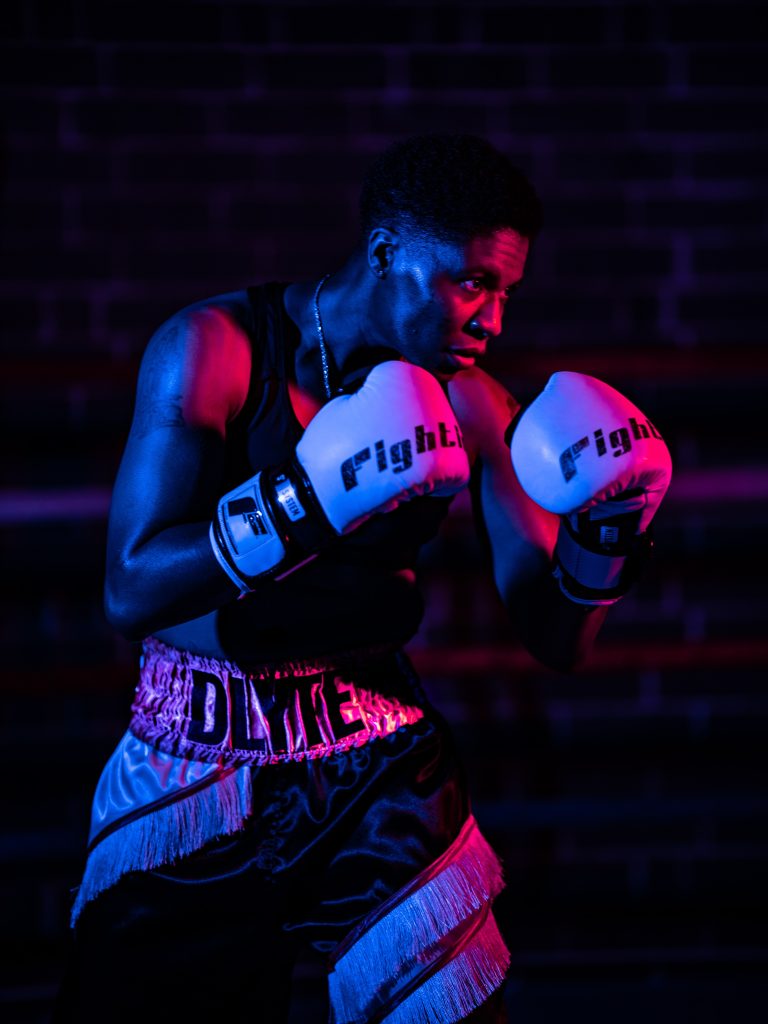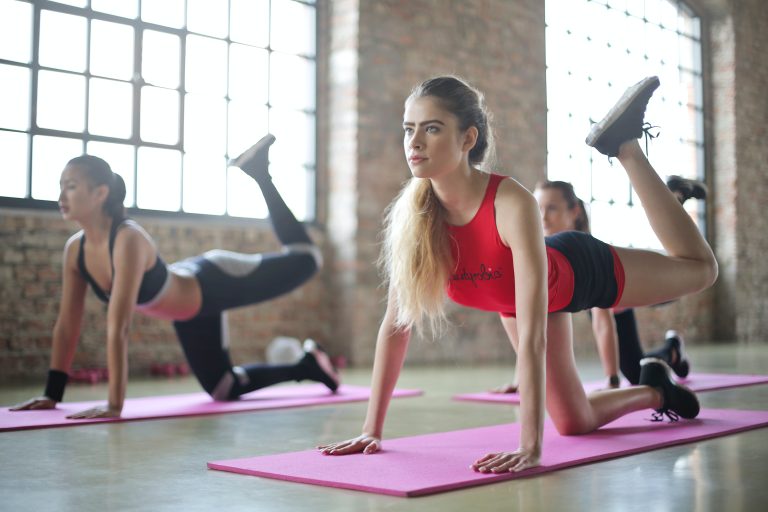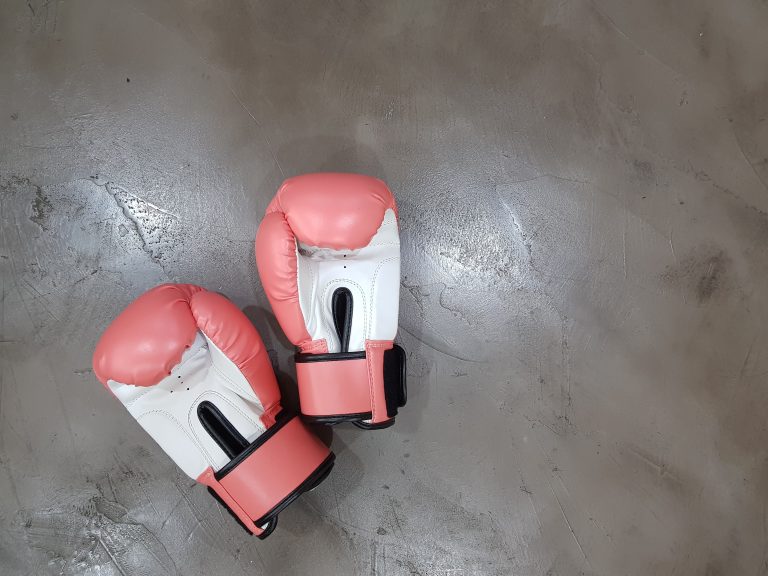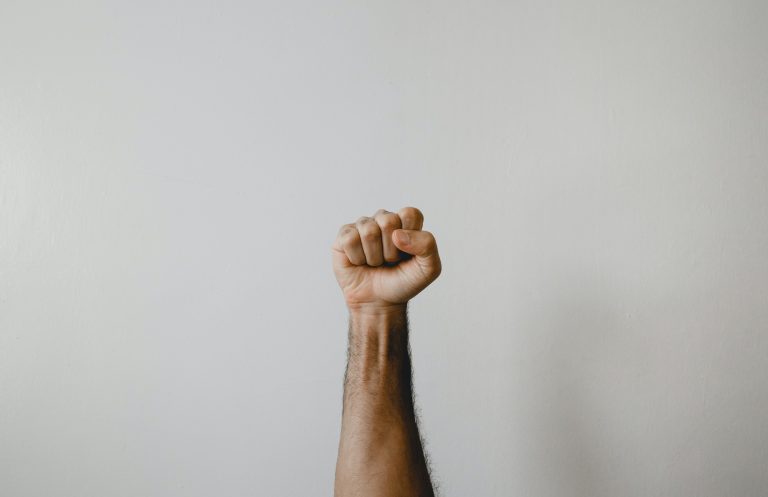Karate – Eine Einführung in die Kampfkunst
Karate ist eine alte japanische Kampfkunst, die sich durch Konzentration, Koordination und Kontrolle auszeichnet. Es ist eine der populärsten Kampfsportarten der Welt und wird sowohl von Anfängern als auch von Profis auf der ganzen Welt ausgeübt. In diesem Blogbeitrag werden wir einen Überblick über die wichtigsten Aspekte der Kampfkunst Karate geben.
Ursprünge des Karate
Der Ursprung des Karate geht bis ins 12. Jahrhundert zurück, als die japanischen Samurai die Kampfkunst des Bujutsu entwickelten. Bujutsu ist eine Sammlung verschiedener Techniken, die als Kombination von Waffen- und leeren Handkampf, Bögen und Schwertern, aber auch taktische Bewegungen und Strategien verwendet wurden. Während der Ära der Tokugawa-Shogun (1603-1867) wurde das Bujutsu unterdrückt und verboten, aber die Lehren und Techniken des Karate überlebten dennoch und wurden weiterhin von einigen Meistern unterrichtet und geübt.
Im 20. Jahrhundert begann der japanische Meister Gichin Funakoshi mit der Verbreitung des Karate als modernen Kampfsport. Er entwickelte das Shotokan-Stil des Karate und verfasste das erste Buch über Karate, welches in Japan sehr populär war. Nach seinem Tod im Jahr 1957 wurde das Shotokan-Stil weltweit bekannt und ist heute der am weitesten verbreitete Stil des Karate.
Grundlagen des Karate
Karate ist eine Kampfkunst, die sich auf vier Grundlagen stützt: Kihon (Grundtechniken), Kata (Formen), Kumite (Partnerübungen) und Bunkai (Anwendung der Techniken). Kihon umfasst Grundschläge, -tritten und -blocks, die als Basis für alle weiteren Techniken des Karate dienen. Kata sind festgelegte Formen, in denen die Kihon-Techniken in einer bestimmten Abfolge ausgeführt werden, um den Fluss der Bewegung zu trainieren. Kumite sind Partnerübungen, in denen zwei Personen miteinander kämpfen, mit oder ohne Schutzkleidung. Bunkai ist die Anwendung der Techniken aus dem Kata in einem realistischen Kampfszenario.
Wettkampfregeln und -klassifizierung
Karate ist eine der wenigen Kampfsportarten, die bei den Olympischen Spielen anerkannt wurde. Die internationale Karate Union (IKU) ist für die Verwaltung des Wettkampfsports zuständig und setzt einheitliche Regeln für internationale Wettkämpfe fest. Der internationale Wettkampf besteht aus einem Einzelwettkampf (Kumite) und einem Teamwettkampf (Kata), bei denen jeweils ein Punktesystem angewendet wird. Es gibt verschiedene Gewichtsklassen beim Karate – Männer und Frauen treten in leichten (bis 60 kg), mittelschweren (60-75 kg) und schweren (ab 75 kg) Gewichtsklassen an.
Vorteile des Karate
Karate ist nicht nur eine Kampfkunst, sondern kann auch als effektives Training verwendet werden, um Kraft, Ausdauer und Koordination zu verbessern. Die Ausübung von Karate kann auch helfen, Stress abzubauen und fördert Mentale Stärke, Selbstvertrauen und Disziplin. Da es eine Kampfsportart ist, kann es auch als effektive Selbstverteidigung verwendet werden.
Fazit
Karate ist eine alte japanische Kampfkunst mit einer langen Geschichte und Tradition. Es vermittelt Fähigkeiten wie Konzentration, Koordination und Kontrolle sowie Mentale Stärke, Selbstvertrauen und Disziplin. Es gibt verschiedene Stile des Karate und es wird sowohl als Kampfsport als auch als effektives Training verwendet. Es bietet viele Vorteile für Anfänger und Fortgeschrittene gleichermaßen. Wenn Sie mehr über Karate erfahren möchten, sollten Sie einen lokalen Dojo oder einen Profi-Lehrer finden, um mehr über die Grundlagen und Techniken zu erfahren.
Introduction to Karate: A Beginner’s Guide
Karate is a form of martial arts that originated in Okinawa, Japan, in the late 19th century. It is a combination of different techniques, and the word karate means “empty hand” in Japanese. It is a complete system of self-defense, which is not only physical but also mental and spiritual. Karate is a popular form of martial arts that not only helps one defend oneself but also trains them physically and mentally. In this post, we will explore the most frequently asked questions about karate, its origin, different types, and benefits.
What is the History of Karate?
Karate originated in Okinawa, Japan, in the late 19th century. It was primarily developed as a self-defense technique during the invasion of Ryukyu islands by Japanese samurais. Initially, it was only practiced among the locals, but with time, it slowly spread across Japan and then to other parts of the world. The first official organization of karate was founded in 1933, and since then, the sport has grown in popularity globally.
What are the Different Styles of Karate?
Like any other martial art sport, karate also has different forms, each with its unique characteristics. Here are some of the most popular styles of karate:
Shotokan Karate:
Shotokan is the most widely practiced style of karate worldwide. It is characterized by its strong, linear movements and powerful strikes.
Goju-Ryu Karate:
Goju-Ryu is a traditional form of karate that puts emphasis on circular movements and breathing techniques.
Shito-Ryu Karate:
Shito-Ryu is a mixture of Shotokan and Goju-Ryu styles. It incorporates both the linear and circular movements in its techniques.
Wado-Ryu Karate:
Wado-Ryu is a modern form of karate that emphasizes the use of body movements to evade attacks while delivering a counter-strike.
What are the Different Techniques Used in Karate?
Karate techniques are both offensive and defensive. The following are some of the commonly used moves in karate:
Kicks:
Different types of kicks, like front kicks, roundhouse kicks, side kicks, and back kicks, are commonly used in karate.
Punches:
Different types of punches, like straight punches, uppercuts, and hooks, are part of karate techniques.
Blocks:
There are different types of blocks in karate like the high block, low block, and middle block that are used to defend against attackers.
Strikes:
Karate techniques include different types of strikes like hammer fists, knife-hand strikes, and palm-heel strikes.
What are the Benefits of Practicing Karate?
Karate offers several physical and mental benefits. Here are some of the benefits of practicing karate:
Improves Physical Health:
Karate workouts help improve your overall physical fitness, including your stamina, flexibility, strength, and coordination.
Promotes Mental Health:
Karate not only trains your body but also your mind. Practicing karate helps you develop mental discipline, concentration, and resilience.
Teaches Self-Defense:
Karate is a complete system of self-defense, and practicing it helps you learn techniques to protect yourself from attackers.
Boosts Confidence:
Karate training improves one’s self-confidence as they learn and master new techniques, leading to better self-esteem and assertiveness.
Reduces Stress:
Practicing karate offers a way to relieve stress and anxiety, leaving you with a sense of calm and well-being.
Conclusion
Karate is a complete system of self-defense that offers several physical, mental, and spiritual benefits. It is a popular form of martial art worldwide and has several different styles of techniques. Practicing karate can improve physical fitness, mental health, and boosts self-confidence. We hope this beginner’s guide helped you understand the basics of karate and its benefits.
Inhaltsverzeichnis






